Friday, February 15 was a day around Monterey Bay to rival weather wise the best days of summer. The day tied the record high temperature at 77 degrees in Moss Landing near the center of Monterey Bay on the central coast of California. That was the official temperature and matched a record from 1977.
I drove 20 miles from Monterey to check out the wildlife in the harbor at Moss Landing. This is truly becoming my go to place for getting close to sea life. Friday morning I read in the San Jose Mercury News about surfers the day before seeing a Great White Shark attack a sea lion about 100 yards offshore in Moss Landing. Great white shark attacks sea lion near Moss Landing surfers (San Jose Mercury Feb 15, 2013).
I was probably also out watching sea otters around Monterey Bay on that other hot day Feb 15, 1977. That was about the time I started working with a local marine biologist as a high school student assisting with a sea otter census for the Monterey Bay area.
High tide was an hour away when I arrived at Moss Landing State Beach this week. The Pacific Ocean tide water flowed through six corrugated metal tubes running beneath the road to Moss Landing State Beach. Two rogue sea otters had broken away from the raft of otters floating together a few hundred yards away in Moss Landing Harbor on the other side of the tunnels.
The otters continually swam against the inflowing water into the tunnels under the road and came out of the tunnels with fresh mussels.
Two otters feeding. Six tunnels near the road entrance to Moss Landing State Beach allow tidal water flow into the estuary. A raft of about 50 otters was several hundred yards away in the harbor on the other side of the road tunnels.
Sea otters are the smallest marine mammal, yet they feed voraciously. An adult sea otter eats about 25% of its body weight daily to maintain energy and warmth in the cold seawater. They do not have a layer of blubber for insulation.
Sea otters eat while floating on their backs. They often use a rock as a tool to crack open the hard shells. The sea otter seen above was eating mussel after mussel. The other sea otter carried a large clump of shellfish.
A couple hundred yards south of the State Beach entrance is the Moss Landing Public Dock and walkway. Sea lions in the harbor were crowded onto the adjacent dock.
Sea lions in Moss Landing, California.
The dock was packed and I could hear the sea lions groan when being walked across by newcomers to the dock.
Another interesting sighting were the sea lions floating in the harbor with mostly their flippers extending out of the water.
Sea lions floating at the harbor entrance of Moss Landing.
Kayaking is a popular activity here in Moss Landing. I watched some kayakers being given an introduction to kayaking on the beach. Fifteen minutes later I watched them kayaking into Elkhorn Slough.
Elkhorn Slough, Moss Landing, Monterey County, California.
The Sea Harvest Restaurant is the building past the PG&E towers if you are traveling north on Highway 1. The Moss Landing Harbor Visitors Dock and public walkway for viewing sea lions is here.
Moss Landing Harbor Visitors Dock.
Strawberries cover the sand dune fields of Moss Landing in February. I tried driving a side road north of the State Beach access to reach the beach. Turned out to be a dead end road leading into the agricultural fields. This is one of those few places on the coast where the farm has probably existed for decades to allow restricted access to the beach in this area of Moss Landing.
Moss Landing is the site of the PG&E twin towers power plant providing energy to Monterey, San Benito and Santa Cruz Counties. The hills in the distance are the Santa Lucia Mountains. Monterey is located on the hills in the far right of the photo. My photos were taken at locations at the Moss Landing harbor near the towers.
Winter days can be just as hot as summer around here.
The perfect convergence of weather factors happened this week to bring summer to Monterey Bay in February. Most years, at some point during the winter months, the weather conditions develop to bring temperatures around 80 degrees for a day or two to the Monterey Bay area. September and October are the most likely months for 80 degrees around these parts, but even in summer that temperature is only reached for one or two days at a time before the fog rolls in and cools everything off. These summer days in winter are generally not predicted accurately by the weather forecast. They just quickly develop that way.
Related post: Moss Landing, Elkhorn Slough and Sea Otters (Jan 20, 2013)
Ric Garrido, writer and owner of Loyalty Traveler, shares news and views on hotels, hotel loyalty programs and vacation destinations for frequent guests. You can follow Loyalty Traveler on Twitter and Facebook and RSS feed.



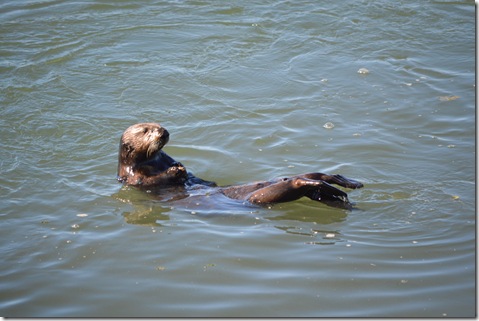
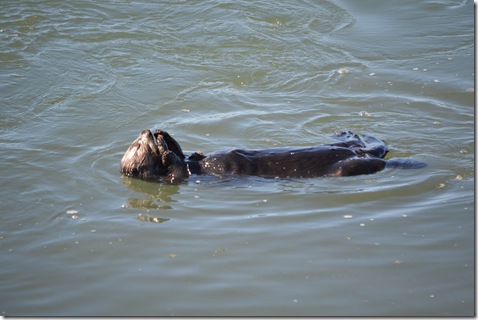
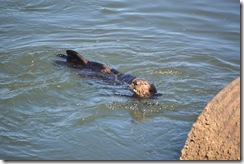



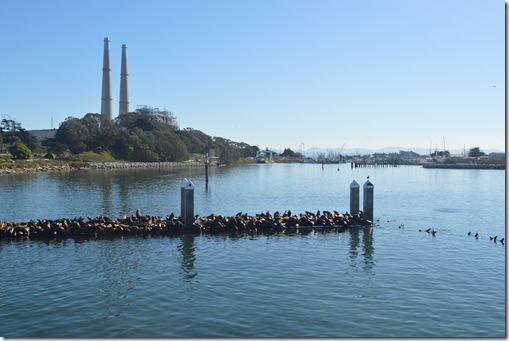
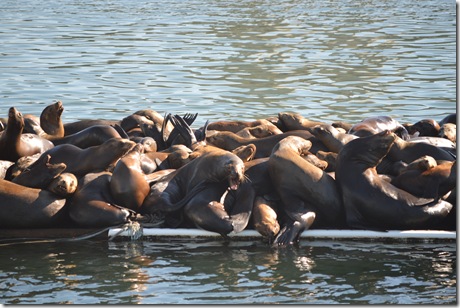
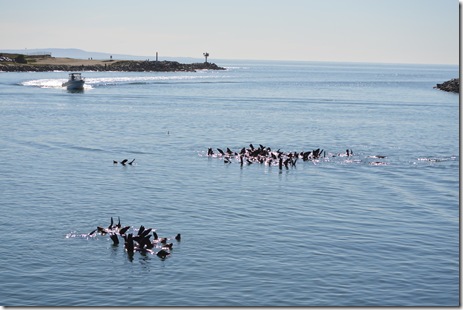
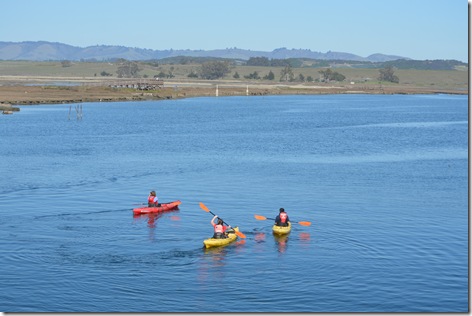
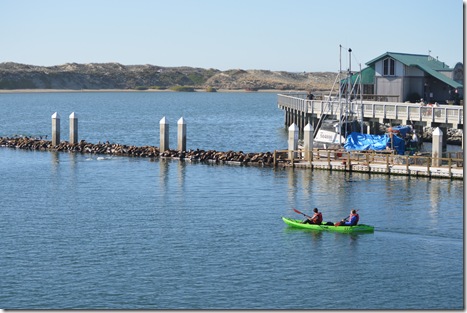
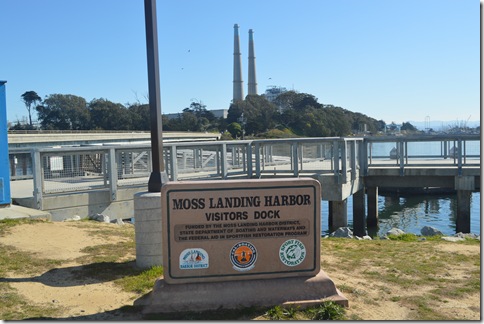

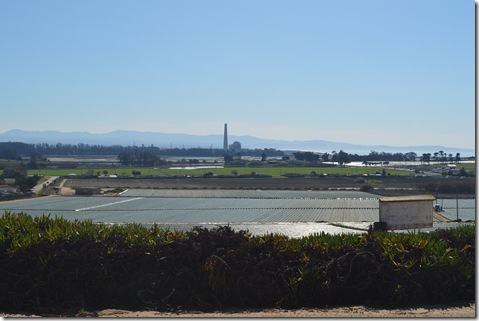
6 Comments
Comments are closed.